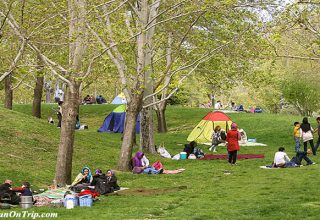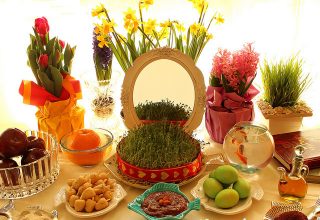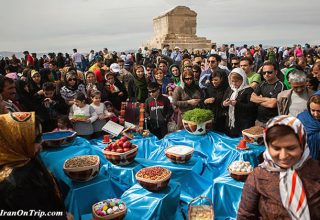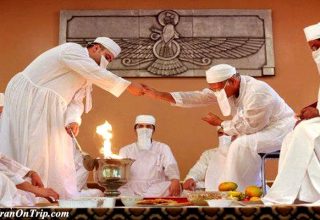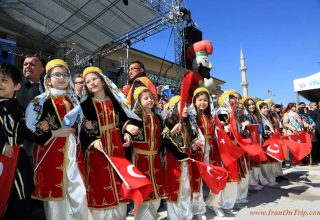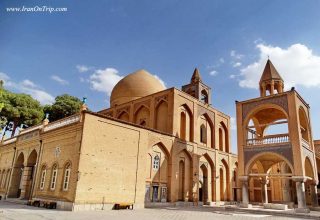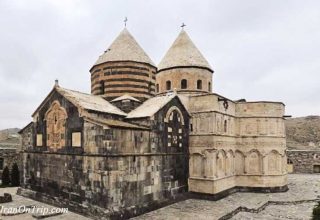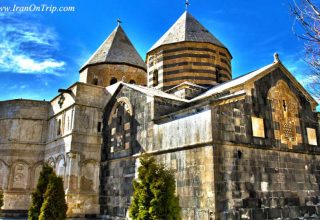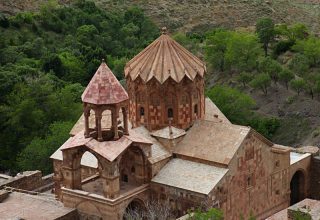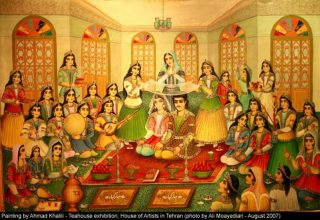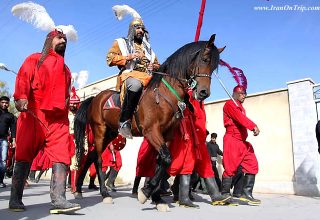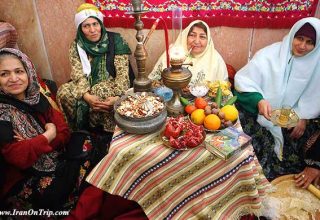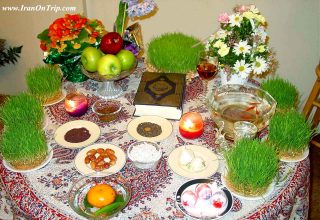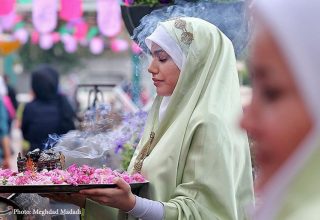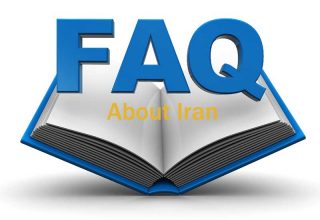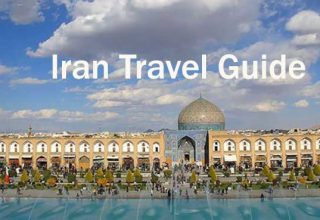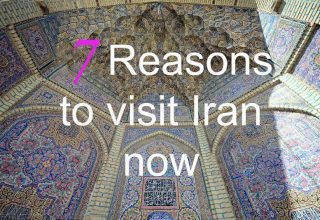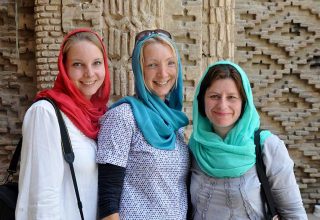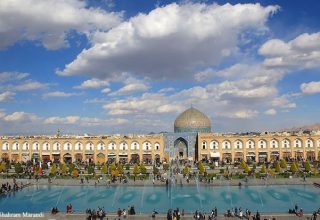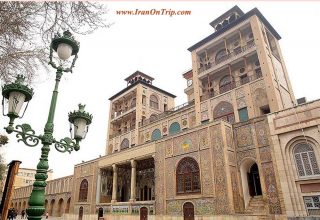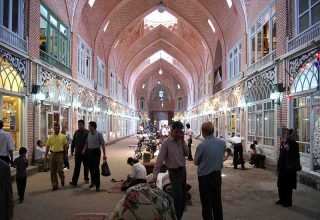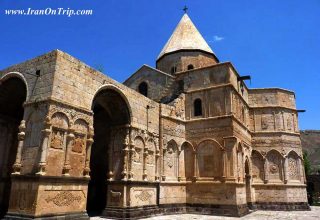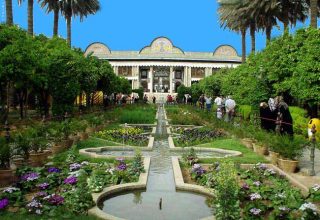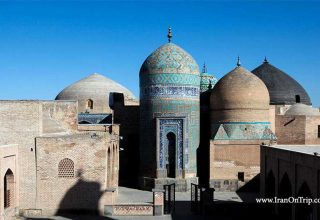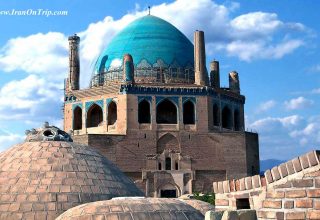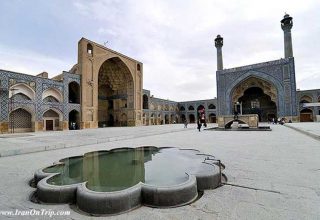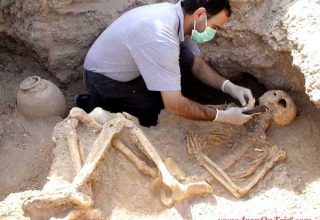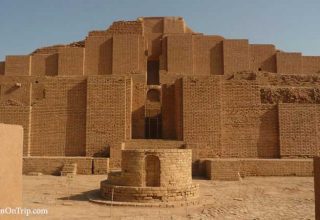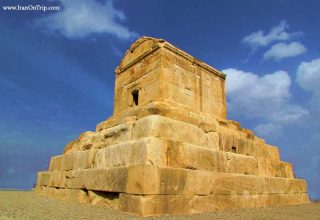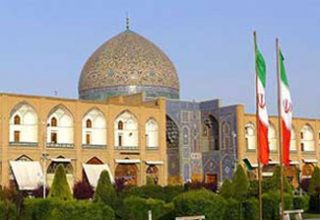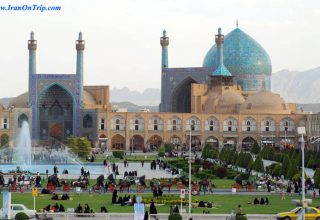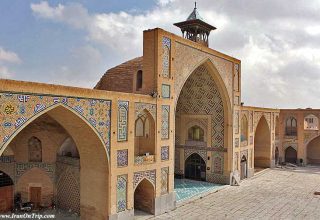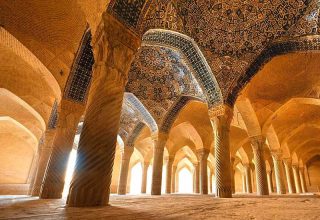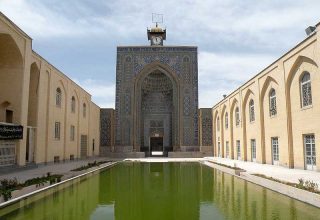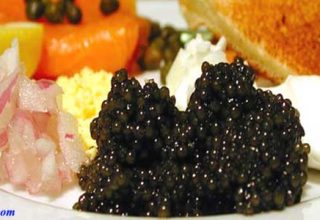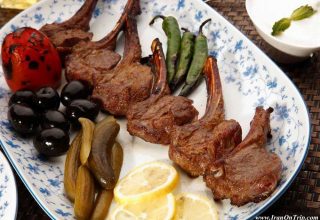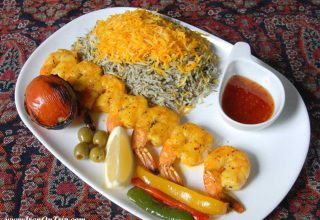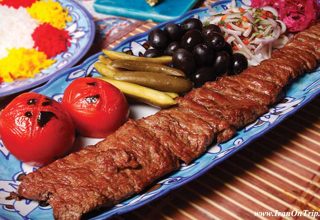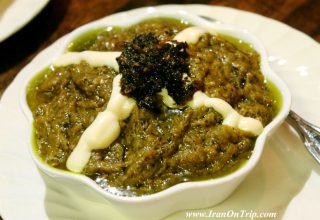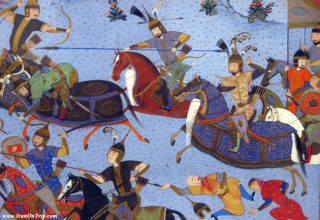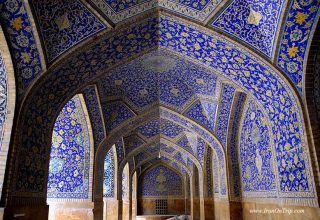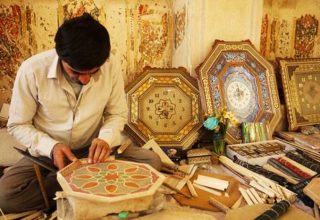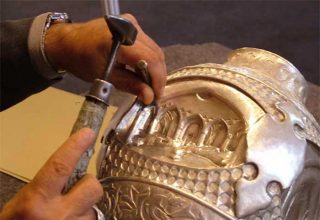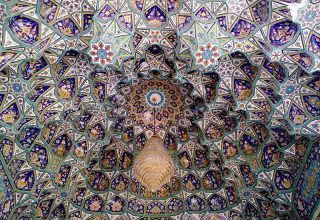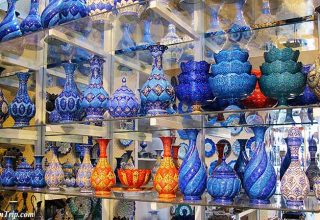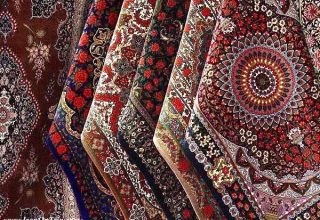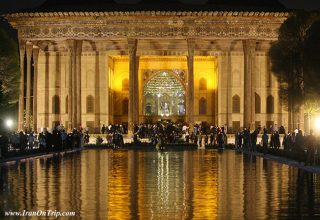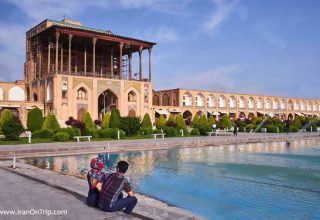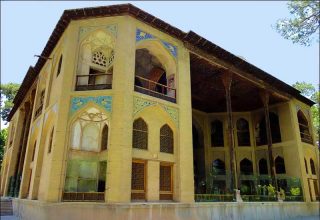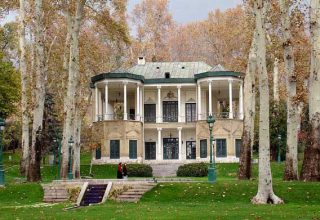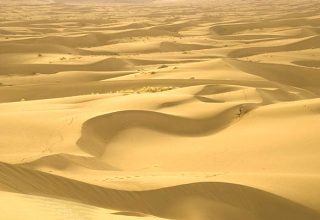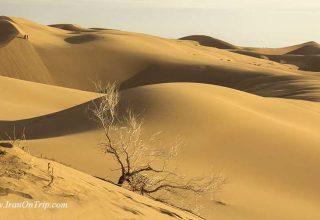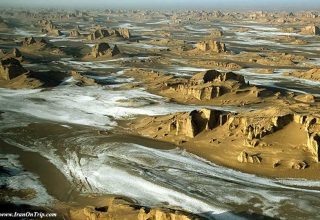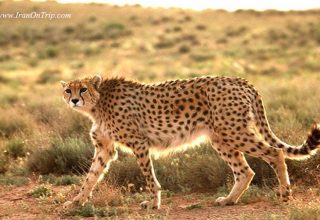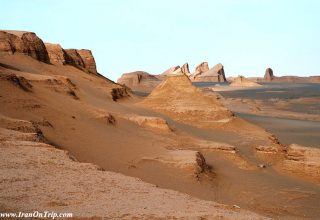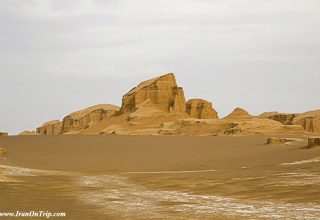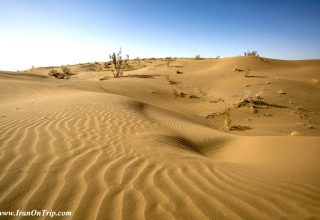
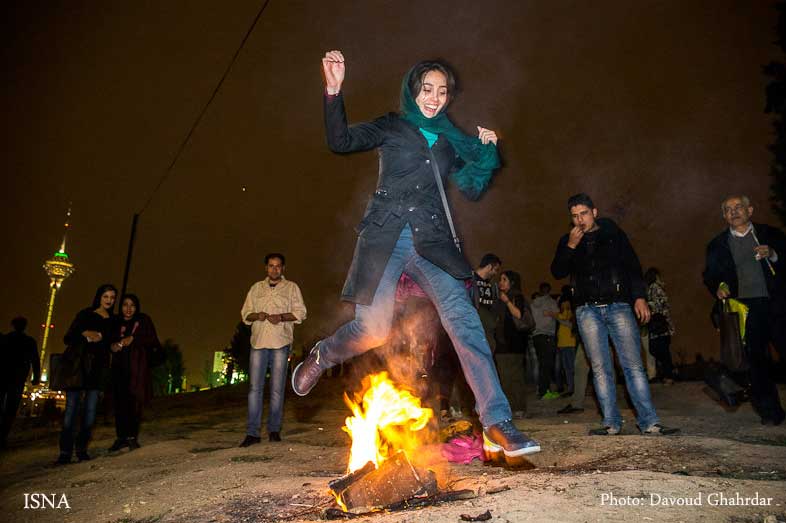
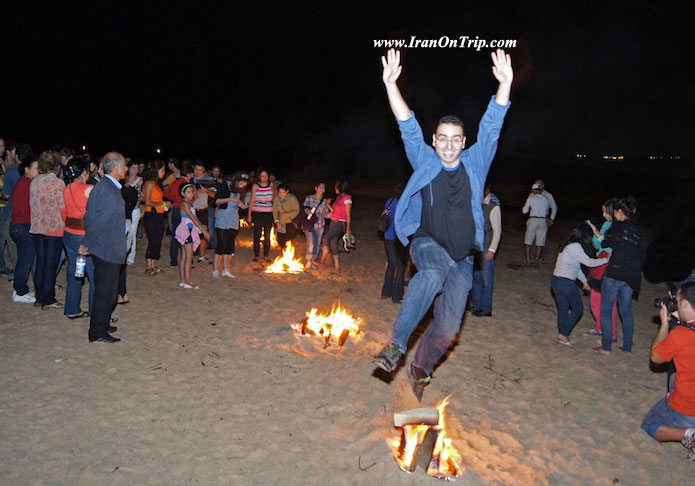
Chaharshanbe Suri (Persian: چهارشنبه سوری) is a fire jumping festival, celebrated in Iran.
Loosely translated as Wednesday Light, from the word sur which means light in Persian, or more plausibly, consider sur to be a variant of sorkh (red) and take it to refer either to the fire itself or to the ruddiness (sorkhi), meaning good health or ripeness, supposedly obtained by jumping over it, is an ancient Iranian festival dating back to at least 1700 BCE of the early Zoroastrian era. Also called the Festival of Fire, it is a prelude to Nowruz, which marks the arrival of spring. The words Chahar Shanbeh mean Wednesday and Suri means red. Bonfires are lit to “keep the sun alive” until early morning. The celebration usually starts in the evening, with people making bonfires in the streets and jumping over them singing “zardi-ye man az toh, sorkhi-ye toh az man”. The literal translation is, my yellow is yours, your red is mine. This is a purification rite. Loosely translated, this means you want the fire to take your pallor, sickness, and problems and in turn give you redness, warmth, and energy. There are Zoroastrian religious significance attached to Chahārshanbeh Suri and it serves as a cultural festival for Iranian peoples: Persian Jews, Persian Muslims, Assyrians native to Iran, Persian Armenians, Kurds, Persian Bahai’s and Persian Zoroastrians.Another tradition of this day is to make special ajeel, or mixed nuts and berries. People wear disguises and go door to door knocking on doors as similar to Trick-or-treating. Receiving of the Ajeel is customary, as is receiving of a bucket of water.
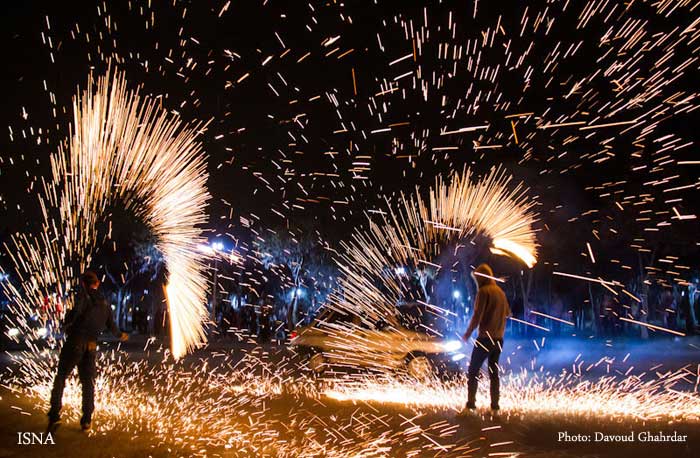
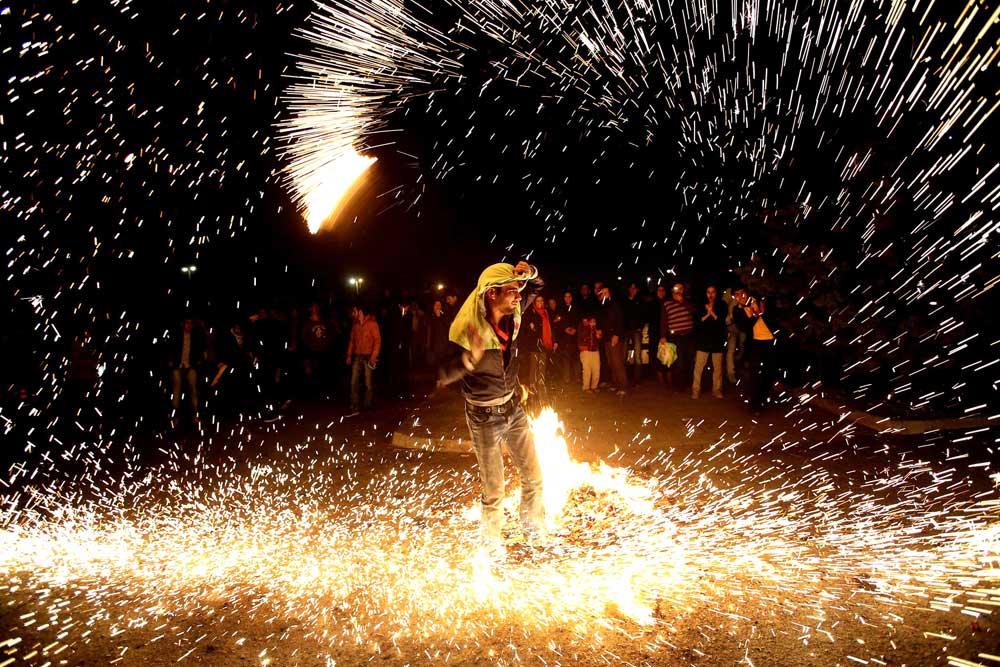
Ancient Persians celebrated the last 5 days of the year in their annual obligation feast of all souls, Hamaspathmaedaya (Farvardigan or popularly Forodigan). They believed Faravahar, the guardian angels for humans and also the spirits of dead would come back for reunion. There are the seven Amesha Spenta, that are represented as the haft-sin (literally, seven S’s). These spirits were entertained as honored guests in their old homes, and were bidden a formal ritual farewell at the dawn of the New Year. The festival also coincided with festivals celebrating the creation of fire and humans. In Sassanid period the festival was divided into two distinct pentads, known as the lesser and the greater Pentad, or Panji as it is called today. Gradually the belief developed that the ‘Lesser Panji’ belonged to the souls of children and those who died without sin, whereas ‘Greater Panji’ was truly for all souls.
Last Wednesday Eve of the year
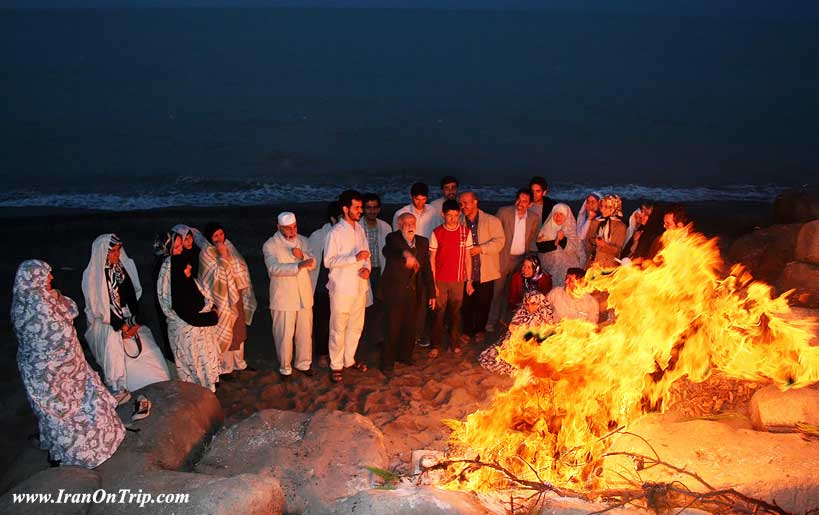
The last Tuesday night of the Iranian year known as Chahar Shanbeh Suri (Chahar shanbé Suri – usually pronounced Charshambe-surī), the eve of which is marked by special customs and rituals, most notably jumping over fire. On the eve of last Wednesday of the year (Tuesday night, Wednesday morning), literally the eve of ‘Red Wednesday’ or the eve of celebration, bonfires are lit in public places with the help of fire and light, it is hoped for enlightenment and happiness throughout the coming year. People leap over the flames, shouting: Sorkhi-ye to az man; Zardi-ye man az to (Give me your beautiful red colour; And take back my sickly pallor)
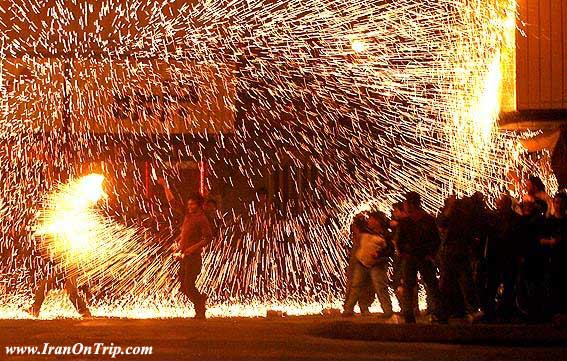
Astrology
Much of the symbolism of this act links to astrological connotations associated with sign of Pisces or Esfand, or the 12th House related to the subconscious mind, hidden resources, hidden problems, social responsibility. The human has to face his ultimate fears and does so by jumping over the fire. That cleansing act is necessary before the advent of the Spring at the Vernal Equinox. Wednesday is chosen because of its ancient association with being the fourth day of Mercury or Kherad, and Mercury being the messenger of Gods.
Fal-Gush
Iranians believe that certain days are especially good for divination. During the Chaharshanbe Suri, divination, especially by listening to the conversations of the passers by and interpreting that which is heard (falgush) as a sign is quite common.


